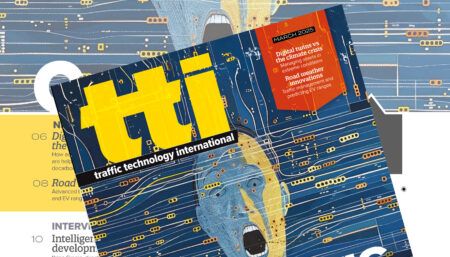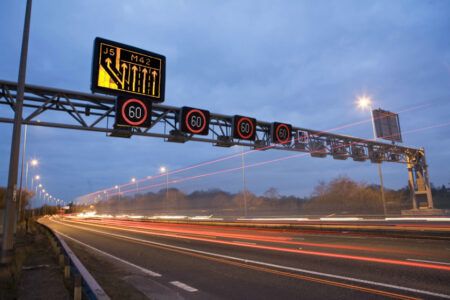The New Zealand (NZ) government and Auckland Council have agreed on Terms of Reference to establish a project to investigate smarter transport pricing in the country’s largest and most populous city.
Auckland’s Smarter Transport Pricing Project will undertake a thorough investigation to support a decision on whether or not to proceed with introducing a pricing for demand management system in the city. Officials from the NZ Ministry of Transport, Auckland Council, Auckland Transport, the New Zealand Transport Agency (NZTA), NZ Treasury, and the State Services Commission, will work together and engage with the public to develop and test different options. The first stage of the project, which will lay the groundwork for assessing pricing options, is expected to be complete by the end of 2017. In 2016, the government and city worked on the Auckland Transport Alignment Project (ATAP), which recommended a fundamental shift to influence travel demand, alongside substantial transport investment over the next 30 years.
“Alongside our current multi-billion dollar transport investment in Auckland, we need to look at new ways of managing demand on our roads to help ease congestion. Smarter transport pricing has the potential to be part of the solution,” explained New Zealand’s Finance Minister, Steven Joyce. “Any decision on the use of a demand management tool like road pricing is still some years off. We look forward to receiving advice from officials as this work progresses. The government and Auckland Council will then consider the project’s findings.”
NZ Transport Minister Simon Bridges noted, “Work undertaken last year by the government and Auckland Council found that smarter transport pricing could help make a big difference in the performance of Auckland’s transport system. Smarter transport pricing could involve varying what road users pay at different times and/or locations to better reflect where the cost of using the roads is higher, such as where there is congestion. This could encourage some users to change the time, route or way in which they travel.
“It is essential that we carefully consider the impacts of pricing on households and businesses. A key factor will be the access people have to public transport and other alternatives. The government has also made a clear undertaking that any form of variable pricing will be primarily used to replace the existing road taxes that motorists pay. This is about easing congestion, not raising more revenue.”




